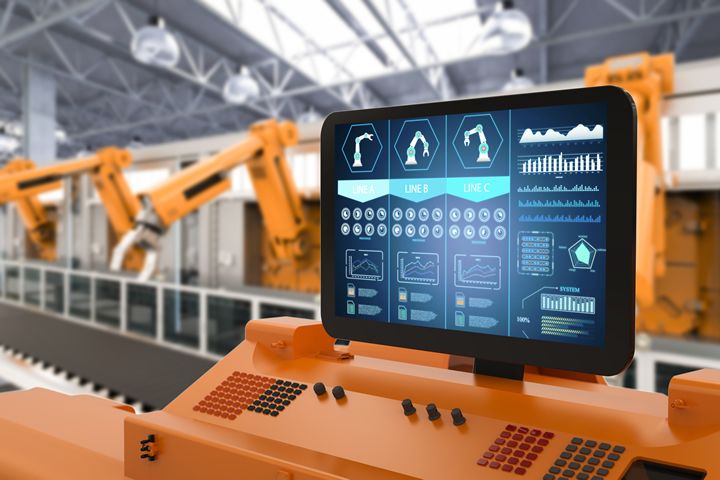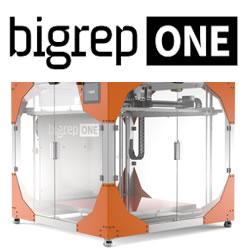In manufacturing and industrial automation, the evolution of communication protocols has been pivotal in shaping operational efficiency, predictive maintenance, and overall innovation. Among these, MQTT stands as a beacon of connectivity
 The Evolution of MQTT: Empowering Industrial Automation for 25 Years and Beyond
The Evolution of MQTT: Empowering Industrial Automation for 25 Years and Beyond

Ravi Subramanyan, Director of Industry Solutions for Manufacturing | HiveMQ
In manufacturing and industrial automation, the evolution of communication protocols has been pivotal in shaping operational efficiency, predictive maintenance, and overall innovation. Among these, MQTT (Message Queuing Telemetry Transport) stands as a beacon of connectivity, facilitating seamless data exchange and driving the Industrial Internet of Things (IIoT) revolution. As MQTT celebrates its 25th anniversary, it's an opportunity to reflect on its journey, achievements, and the transformative impact it continues to have on industrial automation strategies worldwide.
MQTT Origins and Milestones
MQTT traces its origins back to 1999 when Dr. Andy Stanford-Clark of IBM and Arlen Nipper of Arcom (now Cirrus Link Solutions) developed the protocol to monitor oil pipelines for Phillips 66 over satellite networks. Since then, MQTT has evolved into an open standard, fostering interoperability and scalability across diverse industrial environments.
Over the past quarter-century, MQTT has achieved remarkable milestones. From its adoption as an OASIS standard in 2014 to becoming an ISO standard in 2016, MQTT has garnered widespread recognition for its lightweight, efficient, and reliable messaging capabilities. Its support for publish/subscribe messaging, coupled with Quality of Service (QoS) levels, ensures robust communication even in challenging network conditions.
Empowering Industrial Automation
Because it is an open standard, MQTT became a great option for smart manufacturing. By enabling real-time event-based data exchange between Operations Technology (OT) systems like machines, sensors,and control systems, and Information Technology (IT) systems like Databases, Enterprise Resource Planning (ERP), streaming applications, and cloud applications, MQTT brings immediate business impact. MQTT optimizes manufacturing processes, enhances operational efficiency, and reduces downtime. MQTT’s impact on smart manufacturing is further enhanced with the Sparkplug data framework.
Sparkplug is an open-source frame that is managed by the Eclipse Foundation. Sparkplug allows smart manufacturing companies to get the most out of their IIoT deployments by adding additional context to MQTT data by adding topic namespace definition, data payload format, and adding state machine support. Working on top of MQTT, Sparkplug allows new data sources to be immediately discoverable by other system components and decommissioned data sources to be identified by other system components. This ensures that applications like Digital Twins represent the physical system on the factory floor. The MQTT Sparkplug broker becomes the single source of truth providing the most up-to-date contextualized data to all the applications that need to consume that data. MQTT Sparkplug is also fully secured, does not require open ports for new devices, and offers TLS encryption for all data transport.
For smart manufacturing, MQTT has the advantage of being a simple protocol with minimal overhead. It is a fast, efficient, and easy way to share information between the factory floor and the enterprise IT systems. Particularly for auto manufacturers such as Mercedes Benz, MQTT presented a key differentiator amongst other protocols. The team initially considered using AMQP and OPC-UA for IIoT data movement but found these were too complicated and heavyweight for their requirements. Also, unlike HTTP, MQTT allows for broadcast messages which is useful for communicating with devices and systems in a bidirectional manner.
Companies have leveraged MQTT to monitor equipment health in real-time, predict potential failures, and schedule proactive maintenance activities. By analyzing sensor data transmitted via MQTT, these companies have achieved significant cost savings by minimizing unplanned downtime and optimizing maintenance schedules.
Shaping IIoT Strategies
MQTT can help ensure that IIoT strategies are fruitful for manufacturers due to its key capabilities. For instance, its lightweight nature makes it ideal for resource-constrained environments such as edge devices and IoT gateways. MQTT offers a publish-subscribe messaging protocol that minimizes bandwidth and power consumption while ensuring reliable data exchange, crucial for unpredictable industrial environments.
The ability of MQTT to bridge legacy systems with modern IIoT platforms enables operations to experience zero disruptions. The interoperability allowed by the protocol provides a way for devices to share data - breaking down silos and opening the door to new insights for productivity and optimization.
Additionally, MQTT can be used with industry-leading security standards such as SSL/TLS to ensure peace of mind in the IIoT infrastructure.
The Next 25 Years with MQTT
Looking ahead, the future of MQTT appears promising, fueled by advancements in AI/ML and data standardization. Innovations in AI/ML algorithms can enhance MQTT's capabilities for real-time data analysis, enabling predictive insights and autonomous decision-making at the edge. Furthermore, initiatives aimed at standardizing data formats and ontologies can enhance MQTT's interoperability with other protocols. This ensures that connectivity between OT data and IT data is set up for frictionless integration into IIoT ecosystems, using frameworks like Unified Namespace (UNS) which will propel MQTT use for decades.
As industries embrace digital transformation initiatives, MQTT is poised to play a central role in enabling scalable industrial automation systems. Its ability to adapt to evolving technological landscapes while maintaining backward compatibility ensures its relevance in the years to come.
MQTT's 25-year journey exemplifies its resilience, adaptability, and enduring relevance in the realm of industrial automation. By embracing emerging technologies and standards, MQTT is well-positioned to remain at the forefront of industrial connectivity, catalyzing further advancements in IIoT and shaping the future of industrial automation.
Ravi Subramanyan is the Director of Industry Solutions for Manufacturing at HiveMQ. His expertise covers Smart Manufacturing, Industry 4.0 and Industrial Internet of Things(IIoT) in industries such as Mining, O&G, Industrial Automation, Automotive and Fleet Management. As a product management leader with extensive experience delivering high-quality products and services that have generated revenues and cost savings of over $10B for companies such as HiveMQ, Parker Hannifin, Weir, GE Digital, Wheels, Bosch and Motorola. His expertise areas include Data Analytics, Artificial Intelligence (AI), Big Data, Data Security, Product Marketing, Product Engineering, Cloud Platforms, SaaS/PaaS, and Agile Methodologies.
The content & opinions in this article are the author’s and do not necessarily represent the views of ManufacturingTomorrow
Comments (0)
This post does not have any comments. Be the first to leave a comment below.
Featured Product

